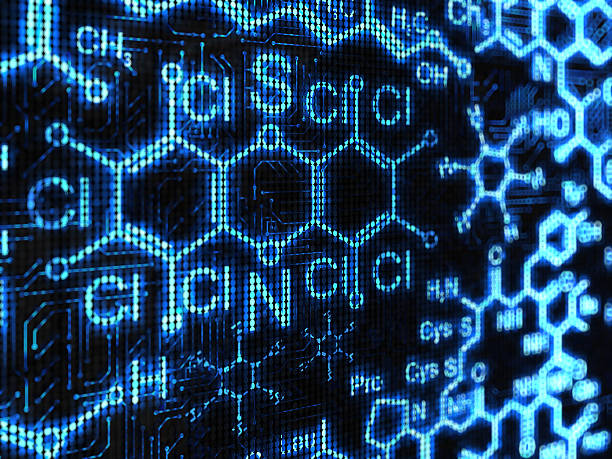Molecular Electronics is a very exciting technology that allows for the fabrication of nano-scale electronic components on a substrate, just a few atoms thick. It has a range of applications including transistors, light-emitting diodes (LEDs), sensors, and even memory. Find the best repair shops in your area now!
It’s not just limited to nanotechnology though – it can be applied to any kind of device. For example, imagine a chip that contains the entire Internet on a small piece of silicon! The possibilities are endless when you think about what this technology could do for the future.
We all know about electronic devices like mobiles, laptops, etc. These gadgets provide a lot of convenience to people. But, you won’t find any gadget without wires. There is no such thing as wireless gadgets. The reason behind this is the technology that is used in these gadgets. Technology has been evolving and developing day by day. Nowadays, scientists have invented a new type of technology called molecular electronics. This kind of technology will change the way of thinking and it’s a huge step towards betterment.
Molecular Electronics
This is another field of science and it deals with designing the next generation of transistors, memory storage chips, switches, sensors, and other semiconductor components. You might be thinking about why it’s important for us and how it affects our life. Browse around this site
Technology has made many things possible. And now the next level of technology has emerged and it is named Molecular Electronics.
What are molecular electronics?
It is the latest technological breakthrough where the atomic-level structure of materials is manipulated in order to build electronic circuits. It was first developed by professor Charles Lieber at Harvard University.
Molecular Electronics
Lieber’s idea was to develop a method to manipulate molecules so that they can function as an electrical components just like semiconductors do today. He wanted to create devices that could work without external power and he achieved this goal in 2004 when his team successfully created the first prototype of the molecule-based transistor. They were able to connect one gold atom on a silicon chip to a single carbon monoxide molecule using a scanning tunneling microscope. Organic Light-Emitting Transistor
Advantages of Molecular Electronics
You may think what is the advantage of having this new technology. Let me tell you there are many advantages. First, it doesn’t consume any energy. Second, the size of the device is very small and it’s very light. Third, it’s not affected by temperature changes and it works even in high humidity conditions. Fourth, it is cheaper than semiconductor technology. Fifth, it is more reliable and it’s a better alternative for replacing batteries. Sixth, it can be easily integrated into the existing technologies and it will make the devices smaller and thinner. Seventh, it consumes less space.
How does it work?
Molecular electronics are basically made up of two layers. The top layer is known as a molecular switch and the bottom layer is known as a metal gate. These components have been placed on the surface of a thin film. When the voltage is applied then the atoms in the first layer get polarized. Once this happens the electrons move from one side to another.
An electronic device is a circuit whose output is a continuous signal. There is a direct relationship between the size of an electrical component and its power consumption. Electrical devices include transistors, resistors, capacitors, inductors, diodes, transformers, and oscillators. Electronic devices are often described in terms of their operating frequency (how quickly they change state), input/output characteristics (the range of voltages or currents to which a device is sensitive), and the number of states that can be held by a given bit of memory.
When the electrons travel through the semiconductor material, the speed at which the current changes depends on how fast the electrons are able to jump over potential barriers. The higher the electron energy, the faster the electric current. The greater the thickness of the silicon wafer, the slower the electrons can pass. A transistor is built in such a way that it allows only a specific amount of charge to flow. The flow of charges creates a difference in potential across the terminals of the diode. The direction of this difference of potential is determined by the polarity of the charge. For example, if the negative terminal has more charge than the positive, the diode will be reverse-biased and conduct electricity.


